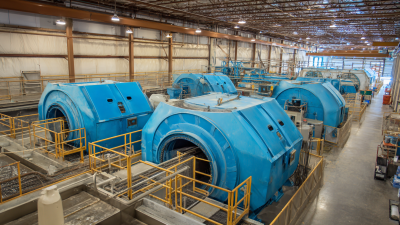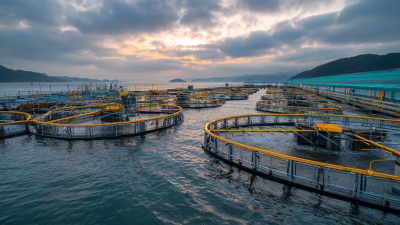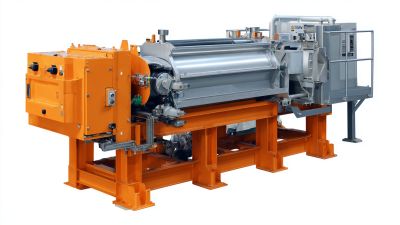 +86 13600513715
+86 13600513715



As we look ahead to 2025, the landscape of submersible mixers is poised for remarkable advancements in efficiency and performance. In an industry where precision and reliability are paramount, top manufacturers are continuously innovating to meet the evolving needs of various applications, from wastewater treatment to industrial processes. Renowned expert in fluid dynamics, Dr. Emily Carter, emphasizes the significance of these advancements, stating, "Submersible mixers are not merely tools; they are critical components that enhance operational efficiency and contribute to sustainable practices."
The market is witnessing the rise of cutting-edge technologies and designs that promise to revolutionize the effectiveness of submersible mixers. These developments are driven by a growing emphasis on sustainability and energy efficiency, ensuring that industries can meet their operational demands without compromising environmental responsibility. As we delve deeper into the top ten submersible mixers of 2025, we will explore the unique features and capabilities that set these products apart in the pursuit of unmatched performance and dependability.
In this overview, we will highlight the leading players in the submersible mixer market, showcasing their innovative approaches and the technology behind their products. By examining these top contenders, we aim to provide valuable insights into the future of submersible mixing solutions, helping businesses make informed decisions that align with their performance goals and sustainability initiatives.
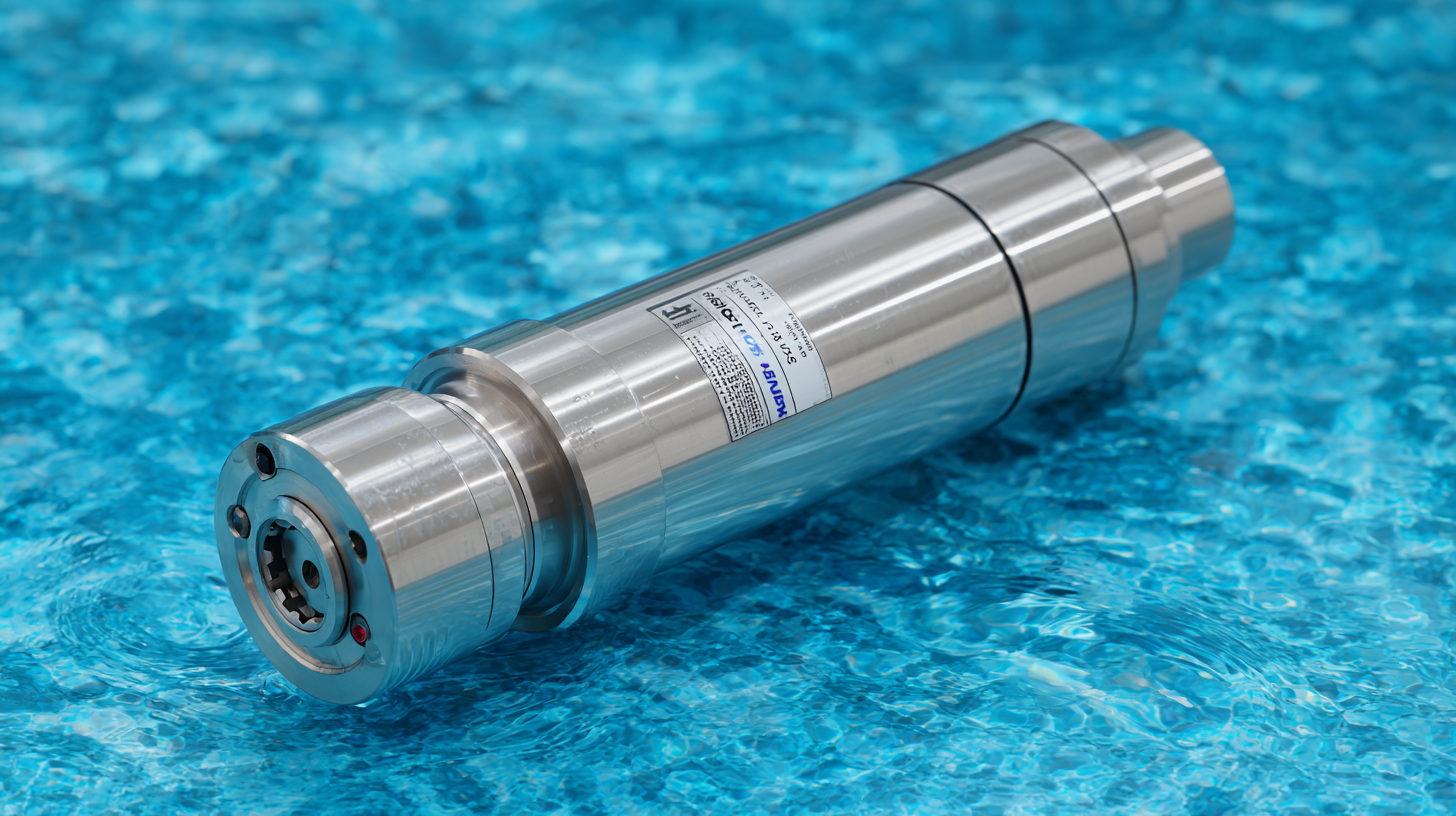
As we look ahead to 2025, the submersible mixer technology is poised for transformative advancements aimed at enhancing efficiency and performance. One of the key trends is the integration of IoT (Internet of Things) capabilities, which allows for real-time monitoring and control of mixers. According to a report by MarketWatch, the global IoT in manufacturing market is expected to grow to $400 billion by 2025, which indicates a strong push towards smarter and more connected devices in various industrial applications, including submersible mixers.
Additionally, energy efficiency remains a top priority, with manufacturers increasingly focusing on motors that operate at higher efficiency ratings. The U.S. Department of Energy has reported that improving motor efficiency can result in energy savings of up to 10-30%. This trend directly correlates with the design of next-generation submersible mixers that utilize advanced materials and designs to reduce energy consumption while maintaining high performance levels. Ultimately, these innovations not only enhance operational efficiency but also contribute to more sustainable practices within industries that rely heavily on mixing technologies.
The increasing focus on energy consumption regulations is reshaping the design landscape for submersible mixers. Manufacturers are now challenged to innovate while complying with stringent efficiency standards. These regulations aim to minimize energy waste and reduce operational costs, prompting engineers to improve motor designs and enhance overall system performance. As a result, the submersible mixers of 2025 are set to be more energy-efficient, incorporating advanced technologies that allow for optimum mixing with minimal energy expenditure.
Tips for choosing an energy-efficient submersible mixer include assessing the motor efficiency rating and ensuring the product meets current energy regulations. Look for mixers equipped with variable frequency drives (VFDs), which allow for adjustable speed settings to match operational needs, further reducing energy consumption. Additionally, consider the design and materials used; mixers that minimize drag and turbulence can significantly enhance performance while adhering to the latest energy standards.
Every decision matters, from the selection of materials to the integration of smart controls, as these features contribute to meeting and exceeding regulatory expectations while maintaining high performance and efficiency. Staying ahead of these trends not only promotes sustainability but can also lead to long-term cost savings.
| Rank | Mixer Type | Power Consumption (kW) | Flow Rate (m³/h) | Efficiency (%) | Energy Rating |
|---|---|---|---|---|---|
| 1 | Axial Mixer | 1.5 | 150 | 85 | A+ |
| 2 | Radial Mixer | 2.0 | 120 | 90 | A++ |
| 3 | Mixed Flow Mixer | 1.8 | 130 | 88 | A+ |
| 4 | Submersible Propeller | 2.5 | 110 | 82 | B |
| 5 | High-Efficiency Mixer | 1.2 | 180 | 95 | A++ |
The comparative analysis of performance metrics for submersible mixers in 2025 reveals significant advancements in their design and application in sewage treatment. A key aspect of enhancing the efficiency of these mixers lies in the strategic optimization of installation parameters, particularly the height at which they are placed. Research indicates that this optimization can lead to improved performance in solid-liquid two-phase flow fields, ultimately resulting in more effective mixing and greater overall performance in wastewater management.
In this context, numerical simulations play a crucial role in understanding the dynamics of submersible mixers. They help in evaluating different configurations and their impact on flow patterns. This ongoing research captures the intricate relationship between installation positions and the mixers' operational efficiency, reflecting an urgent need for innovative approaches to deal with escalating water pollution challenges. As the industry moves towards more precise designs, submersible mixers are set to become indispensable tools in achieving unmatched efficiency and performance in sewage treatment applications.
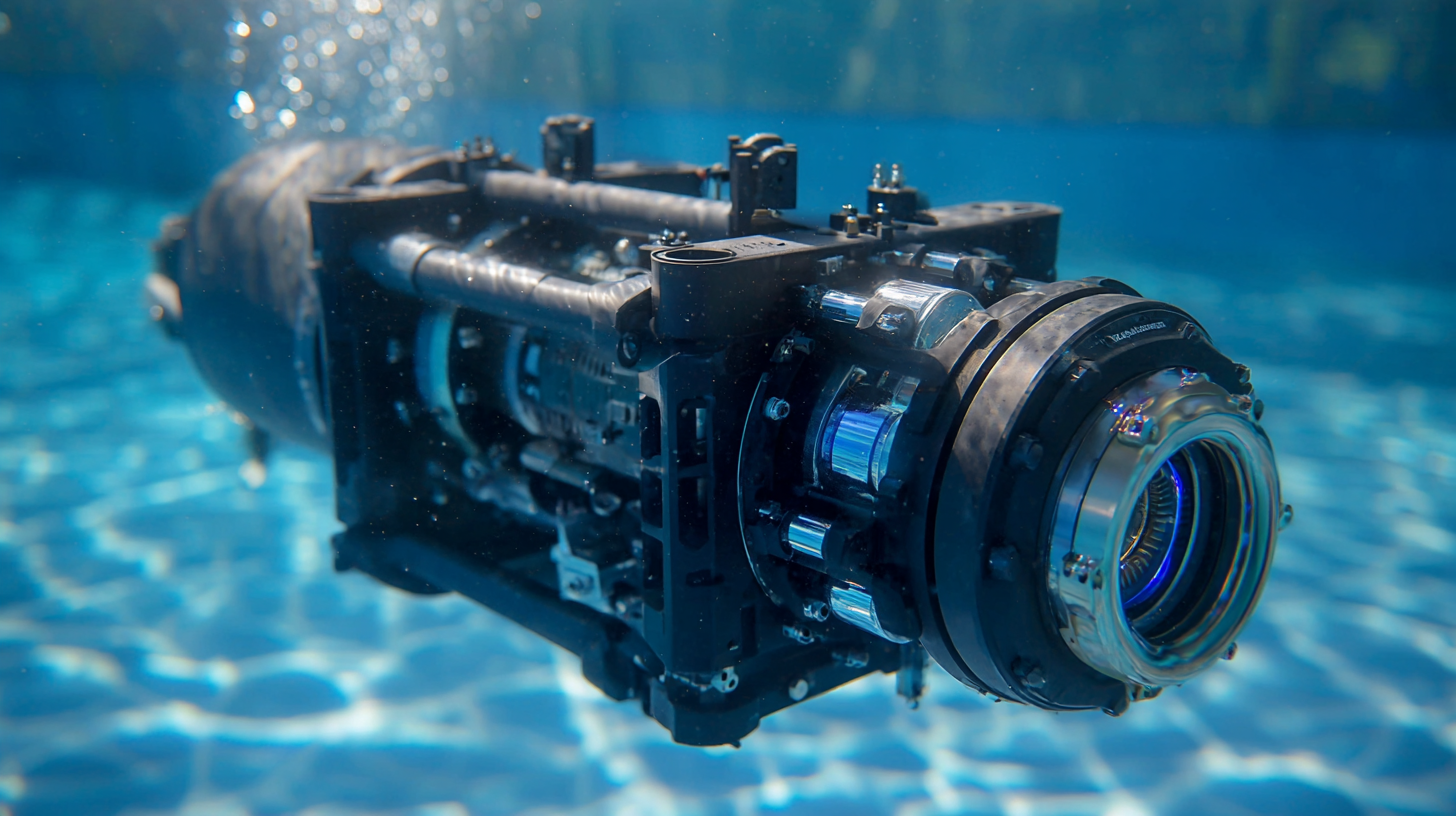
Submersible mixers are increasingly recognized for their efficiency and performance in various industrial applications, particularly in wastewater treatment and biogas production. The recent introduction of advanced models, such as the enhanced version of a well-known submersible biogas mixer, showcases the industry's commitment to innovation and cost-effectiveness. According to industry reports, the global market for submersible mixers is projected to grow by 6.5% annually through 2027, driven by their ability to improve mixing efficiency and reduce energy consumption.
Key innovations in submersible mixers are significantly enhancing their performance. Enhanced design features, such as improved hydraulic efficiency and optimized impeller configurations, contribute to more effective mixing and lower operational costs. For instance, incorporating advanced materials can increase durability, minimizing maintenance costs over the lifespan of the equipment. Moreover, modern mixers are designed to operate efficiently at various depths and flow conditions, allowing facilities to adapt to changing operational needs and ensuring optimal performance across different applications. This shift towards cost-effective solutions aligns with the broader trend of sustainability in the water technology sector, emphasizing the importance of continuous improvement in equipment design and functionality.
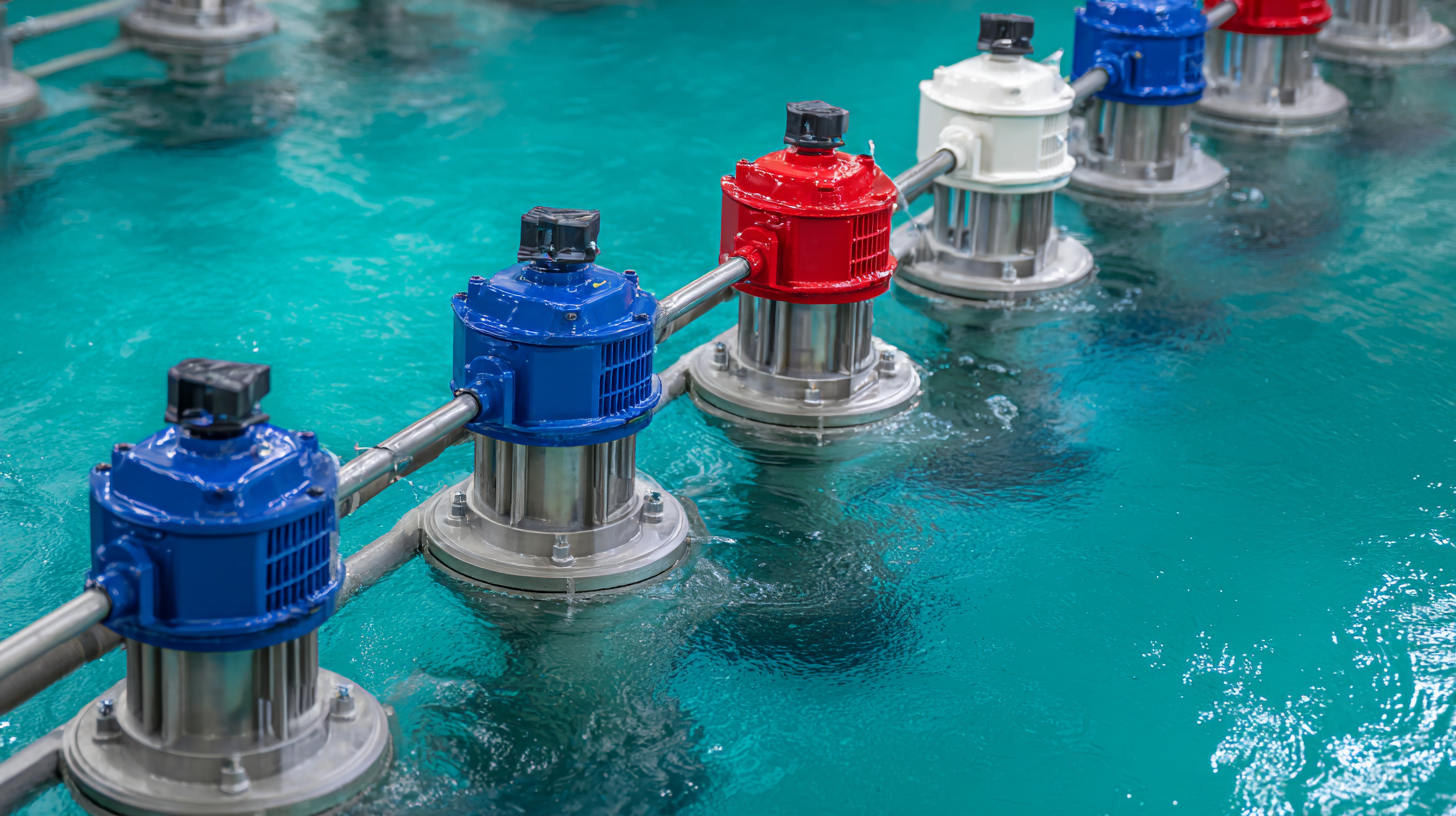
The submersible mixer market is poised for significant growth through 2025, driven by various demand factors. One of the primary catalysts is the increasing need for effective wastewater treatment solutions as urbanization expands globally. Many municipalities are investing in improving their water management systems, creating a heightened demand for efficient mixing equipment that ensures optimal performance in treatment facilities.
Additionally, the rise of industrial applications in sectors such as pharmaceuticals, chemicals, and food processing is also contributing to this growth. These industries require precise mixing capabilities to maintain product quality and operational efficiency. Technological advancements in mixer design and energy efficiency are expected to enhance the appeal of submersible mixers, leading to wider adoption across various sectors. The combination of regulatory pressures for environmental sustainability and the push for operational excellence will likely fuel the expansion of this market.
This chart illustrates the projected market share of the top 10 submersible mixers in 2025. The data reflects the expected demand and efficiency levels that drive market growth.

